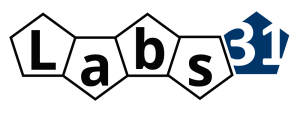A punch list is a list of items that need to be rectified. All points of the list are tasks or things that need to be resolved to have a certain project completed. You can simply look at this as a to-do list.
When is a punch list used?
These punch lists are often used in projects, just as designing a laboratory. The punch list is common during commissioning or handover procedures. Also in the formal commissioning or handover of a new laboratory, we always use a punch list.
How can we help you?
Let us get acquainted and talk about your challenges, looking for the best possible solution for you and your company!
We can help you with consultancy, project management and turn-key laboratory projects.

More Frequently Asked Questions
Please explain 2D, 3D or 4D Laboratory Design?
What are the dimensional options in laboratory design and realisation? 2D is a no-brainer (like floorplan), is always needed 3D is really the future and the Netherlands is leading the ...
What is a Lean Laboratory design?
A Lean Laboratory is a laboratory designed with the principles of lean manufacturing - essentially, process optimization is driven. A sleek and efficient facility that can produce results in an ...
How to collaborate?
We call ourselves a real networking company. We call this "connected to the core". We have been working together for a long time, and we know that you love to ...
Which are the important characteristics of a good Bio Safety Cabinet?
Bio-Safety Cabinets (BSC) is laboratory furniture that is placed in a laboratory for protection. It is a closed and ventilated work area for safe working with material contaminated with pathogens for ...
When is a laboratory design workshop useful?
The following situations are examples when a laboratory design workshop might be useful for you: When laboratory expertise is not available within your company. To stop sketching in powerpoint or ...
Checklist designing a laboratory?
Determine the purpose of the lab: What kind of testing or research will be conducted? Evaluate the safety requirements: Follow safety standards, including ventilation, hazardous material storage, safety equipment, emergency ...
